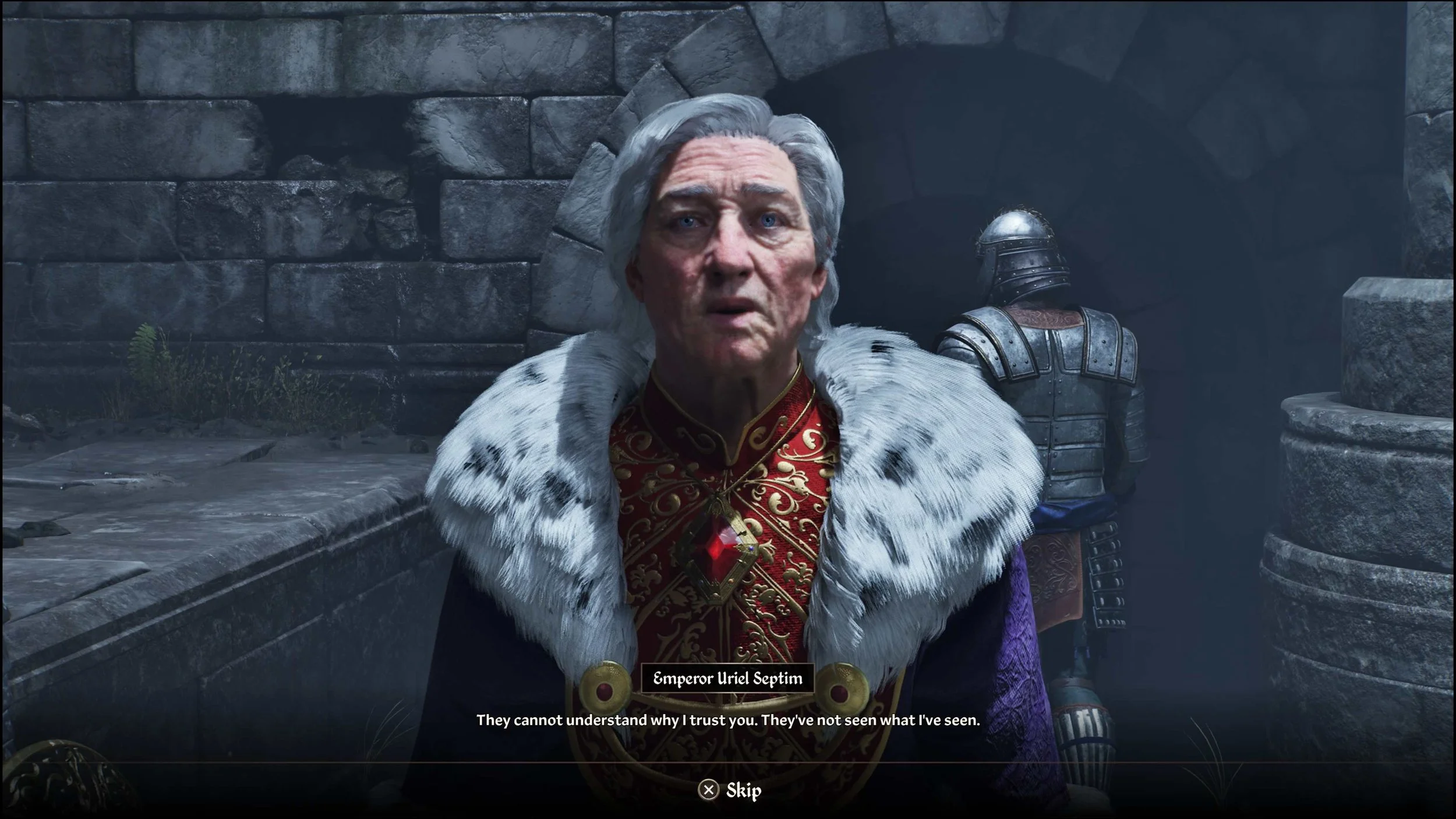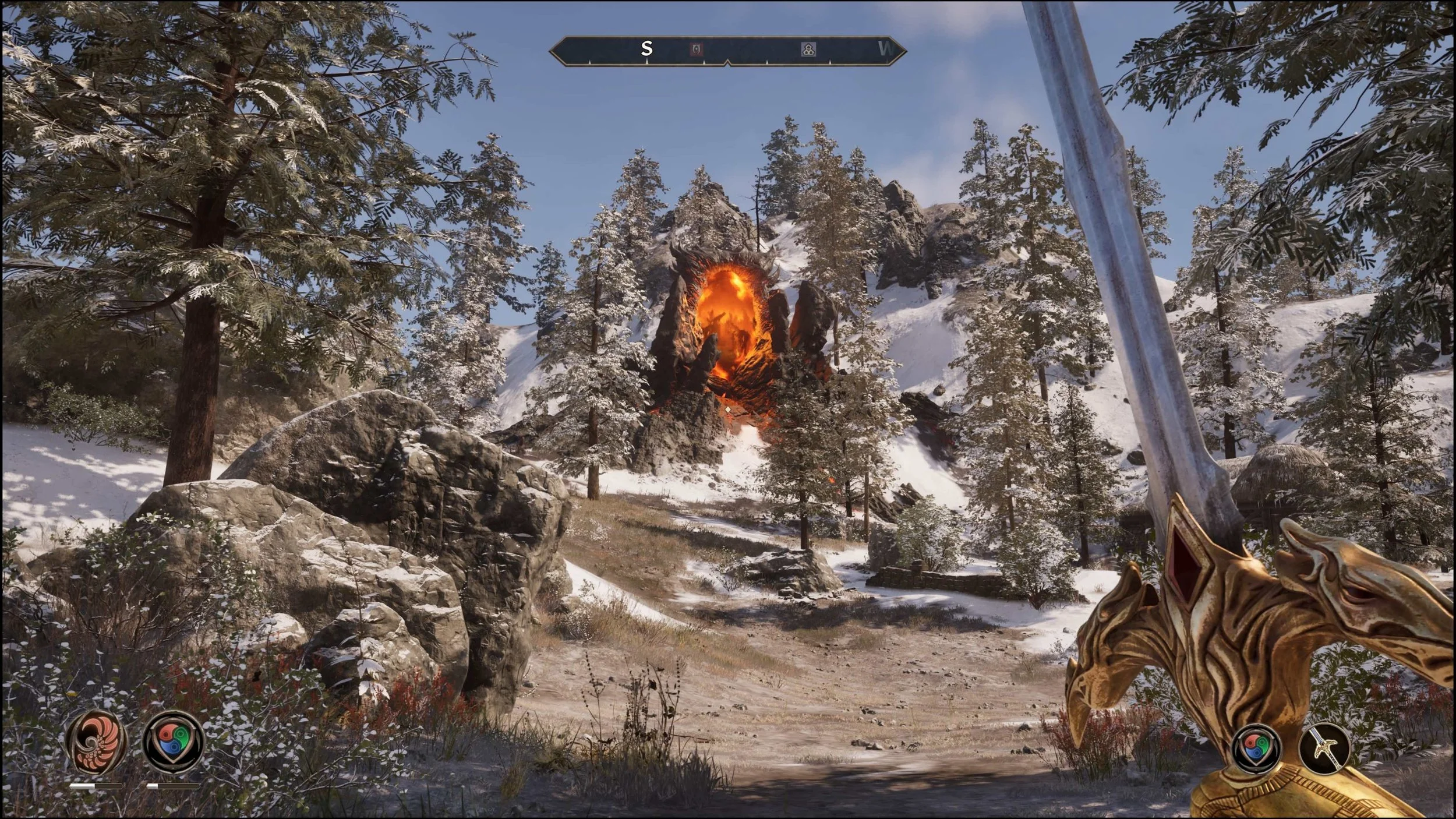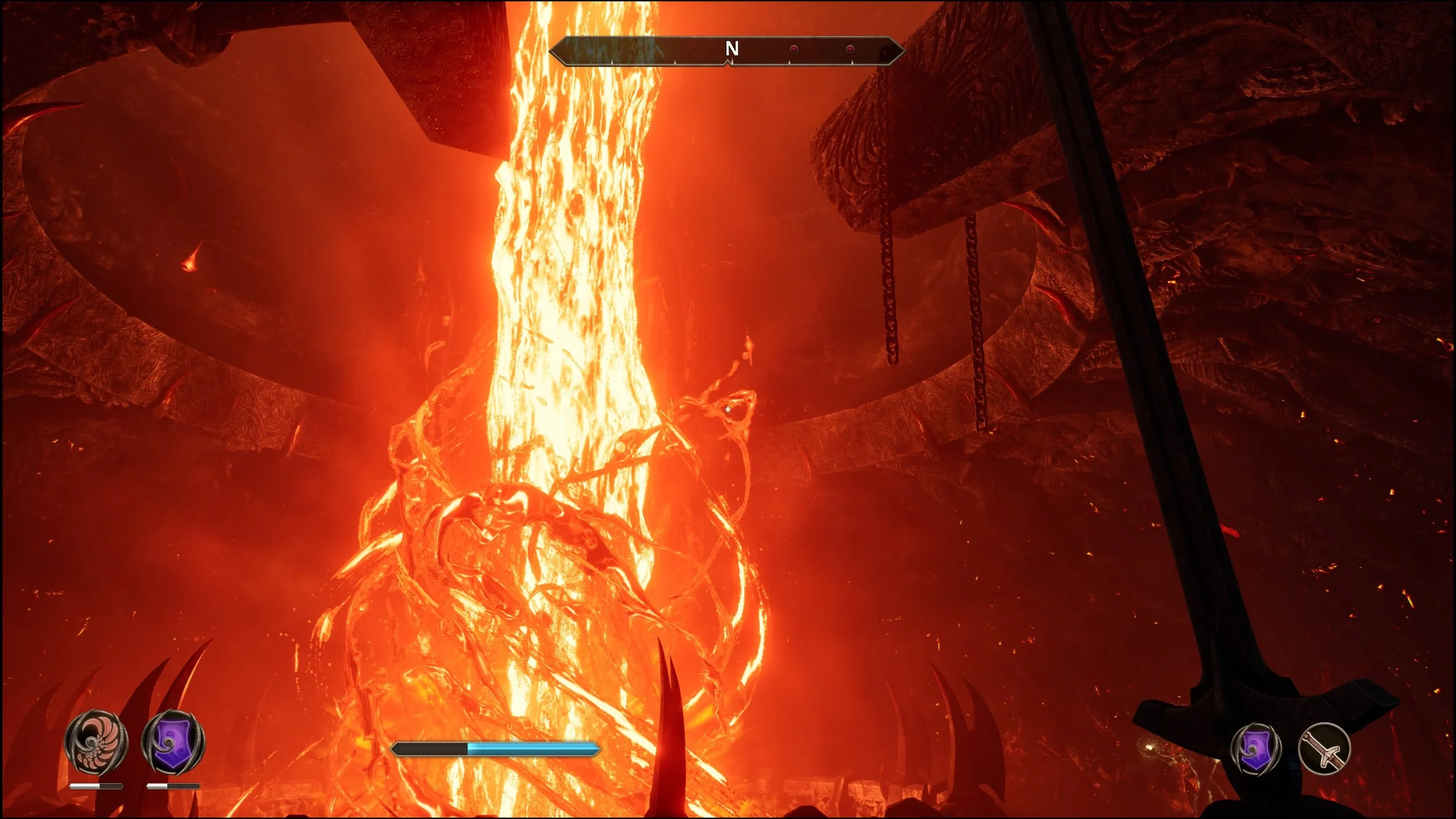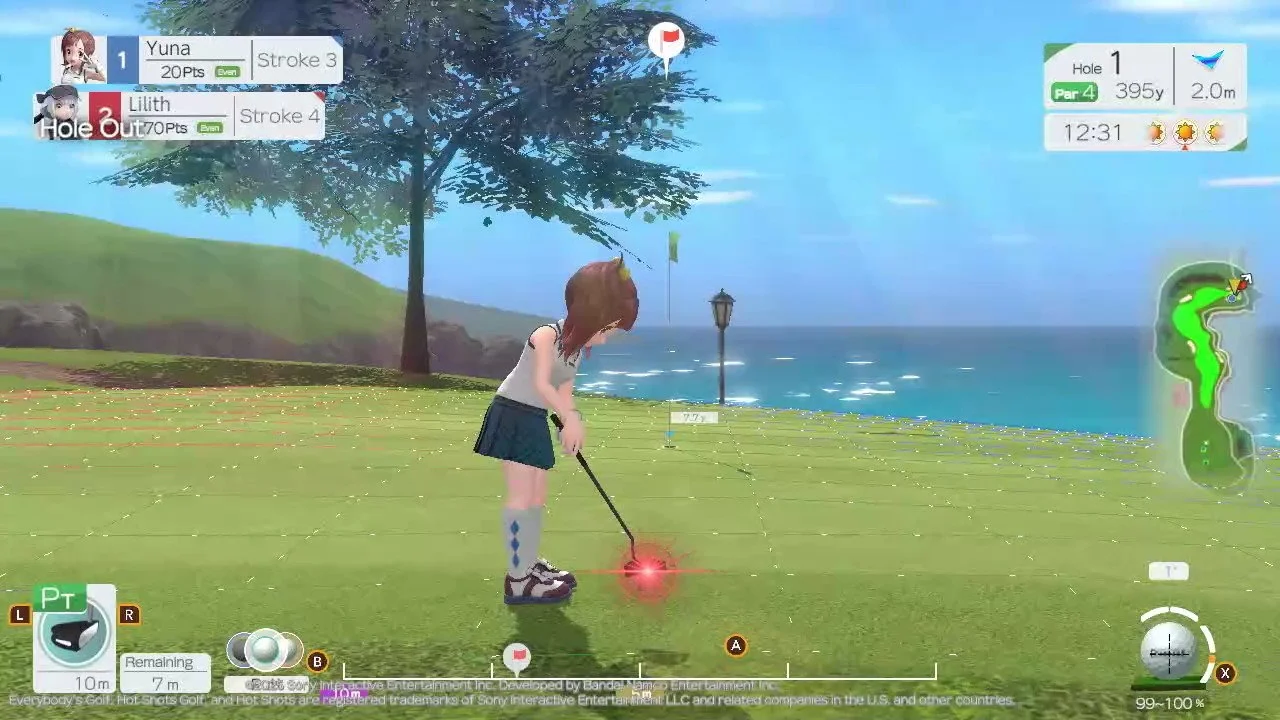The Elder Scrolls IV: Oblivion Remastered Review - A Beautiful Return to Cyrodiil
/Bethesda has once again pulled off a surprise drop, but this time it’s a big one. The Elder Scrolls IV: Oblivion Remastered was released the moment it was officially announced. A significant moment for longtime fans of The Elder Scrolls series and 2000s RPG enthusiasts, this remaster had been 2025’s worst-kept secret. Leaks and teaser screenshots built up the hype, and when it finally launched, people weren’t excited but thrilled it finally dropped as they quickly jumped back into Tamriel in search of Emperor Uriel Septim’s killer, wandering through the vast lands of Cyrodiil all over again.
This remaster is everything fans hoped for: the same expansive RPG, complete with its quirks – occasional bugs and stiff voice acting, but now with a visual upgrade and small improvements that make it more accessible for newcomers and worth another playthrough for veterans. It perfectly retains what made Oblivion beloved while polishing the experience just enough to feel modern.
Visually appealing once again
Booting up Oblivion Remastered felt like stepping back into a world I’d long missed. I found myself getting lost in its dungeons and side quests simply by picking a direction and exploring. The visual upgrades are immediately noticeable—character models and enemy types have received a fidelity boost without being entirely redesigned.
The opening scene featuring the Emperor’s monologue brought a big smile to my face. The detail in facial features, especially the eyes and the distinctive racial designs, is impressive in comparison to the original. These familiar faces are now more pleasant to look at, and while the animations remain mostly unchanged, the visual uplift placed on top of the original art direction preserves that nostalgic feel while still delivering a true remaster.
This is true for the game’s environments, and quite frankly, they look more impressive than the new character models. The lighting, textures, and overall ambiance make this the best-looking Elder Scrolls title to date. After exiting the sewers, the game’s tutorial section, I couldn’t help but stop and take in how striking the world of Cyrodiil looks now.
Strong Early Performance, But It Wears Down
On PS5, the game performs commendably out of the gate. A stable 60 FPS and near-instant load times help smooth over its classic design. However, performance begins to dip the longer you play. Frame rates drop during extended sessions, and certain visual effects take longer to load, though it happens at the most unexpected times. I didn’t notice this during my first 10 hours, but by the 80-hour mark, I got used to it. I couldn’t find an exact trigger, so when it happens, I just shrug it off and move on.
Fortunately, these dips never reach unplayable levels. A quick reboot often resolves most issues. It’s worth noting that this remaster wasn’t developed directly by Bethesda, but by Virtuos, a developer known to be a support team for bigger triple-A projects and experienced in remastering classic titles. Bethesda oversaw the project’s development, and the result is the typical Bethesda jank that remains a feature for some rather than a flaw.
The game’s voice lines, to my knowledge, remain mainly the same as well. What was done in this remaster is that there are more voice lines recorded with the same script, effectively eliminating the issue of characters sounding the same, as multiple VAs would lend their voices to various NPCs across Cyrodill. It’s a respectable addition, especially for a game featuring multiple races.
A Cleaner, Smarter Leveling System
One of the biggest gameplay tweaks is the updated character progression system. It’s now more intuitive: all skills, even minor ones, contribute to your overall level progress. Upon leveling up, you gain Virtue Points to distribute freely across your stats, rather than being limited by major skill usage.
This change allowed me to laser-focus on a magic-based build, maxing out Intelligence and Willpower early on. After level 20, I had to branch out into other stats, having already hit the cap on my core build. It’s a welcome evolution, giving players more flexibility in shaping their characters.
Aside from the progression changes, the rest of the RPG systems remain familiar. Spells and weapons are mostly unchanged, but the difficulty system ensures that enemy strength and loot scale with your level. It leads to some funny moments, such as stumbling upon low-level bandits in starter dungeons wielding high-end gear, but I'll take it, as that’s just more loot to sell off to vendors.
Combat also feels slightly better, but it’s still awkward, especially when it’s third-person and melee-focused. They’ve also finally removed the stagger your character gets from enemies’ repeated melee attacks, making for a smoother and more enjoyable experience.
Not Entirely Modernized
The remaster’s greatest strength - its faithfulness to the original - is also its most glaring weakness. Systems like the quest log, UI, and map navigation remain mostly unchanged. For players unfamiliar with older RPG design, this may be frustrating. For example, there’s still no quick access to local maps. You have to zoom in from the world map to see them, making dungeon crawling still a pain, especially the longer ones.
Still, some improvements shine through. Archery now benefits from headshot damage, melee combat is more tolerable with the lack of staggering, and character progression is better than the original. Console players benefit the most from these tweaks, as PC users can always mod the game to their liking. Even so, this is easily the best console version of Oblivion to date—modernized just enough to feel more palatable.
Despite some lingering quirks, The Elder Scrolls IV: Oblivion Remastered is a solid reintroduction to one of the most influential RPGs of its era. Virtuos Ltd. and Bethesda have delivered a remaster that respects the original while adding just enough polish to make it worth playing in 2025.
With its refreshed visuals, better performance (most of the time), and more flexible character progression, this version makes the original feel obsolete. Newcomers will find it easier to get into, while longtime fans will once again lose hours wandering the lands of Cyrodiil.
It’s not perfect, but if you think about it, neither was the original. And in my book, that’s exactly how we want it.
Verdict: 4 / 5 (Fantastic)
PROS
Commendable visual uplift to bring the classic into the modern day
Everything from the original Oblivion is preserved
Small additions were made to not change but improve the overall experience
CONS
Performance can be hit or miss, especially the longer you play
New minor quests were added, but paywalled to the deluxe edition
What I’ve Played
Now over 80 hours into my first character
Close to finishing the main questline
Have joined every guild available
*This review is based on a PlayStation 5 review copy provided by the publisher.










If you can get past Once Upon A Katamari's sticky controls and a general sense of deja vu, the many time periods, customizable cousins, unique challenges, and features make even a decades-old formula feel fresh again.